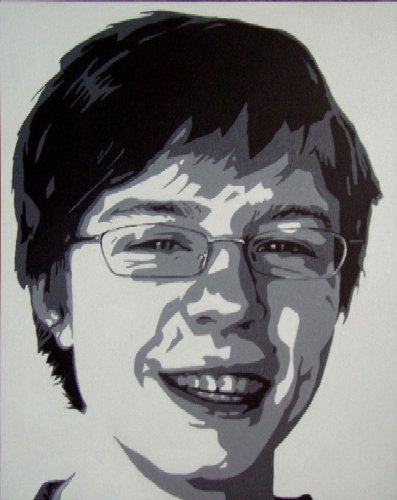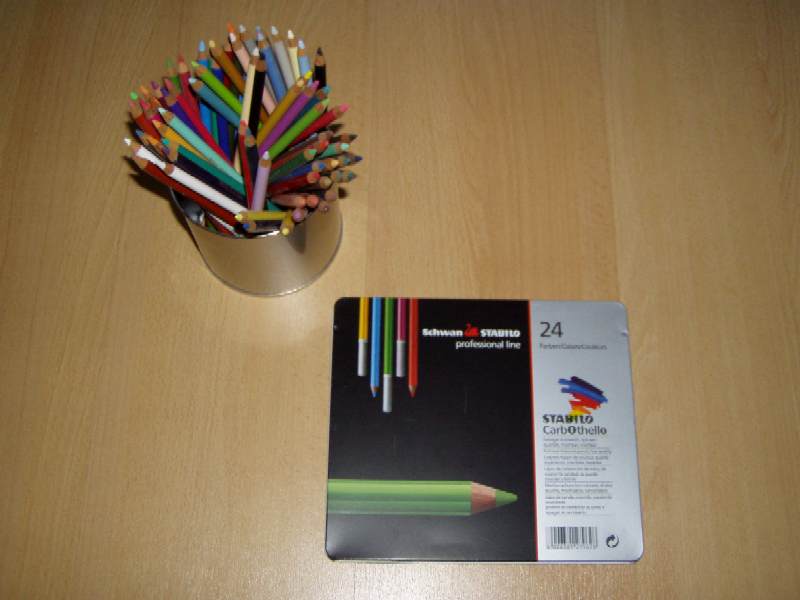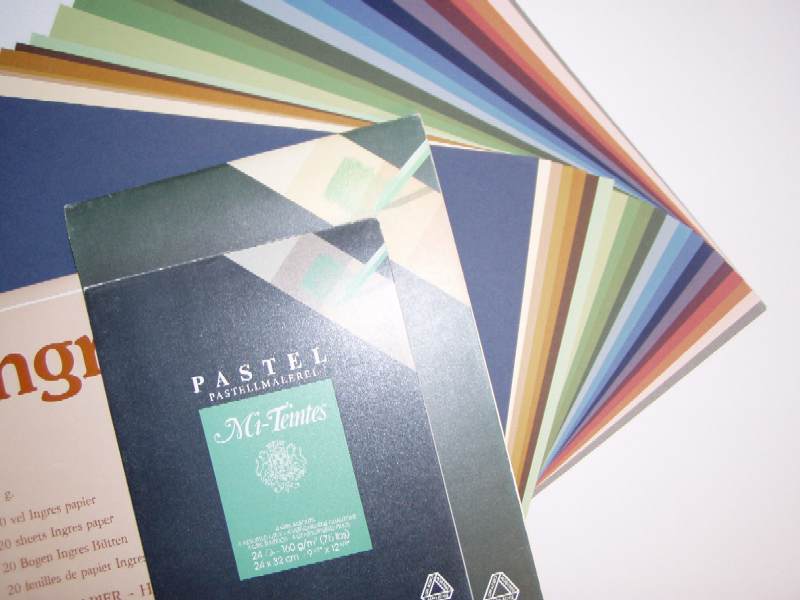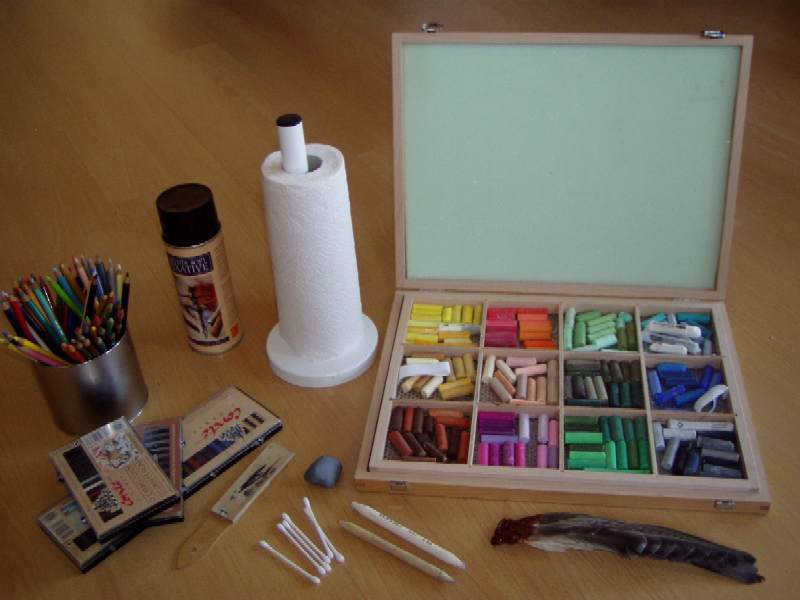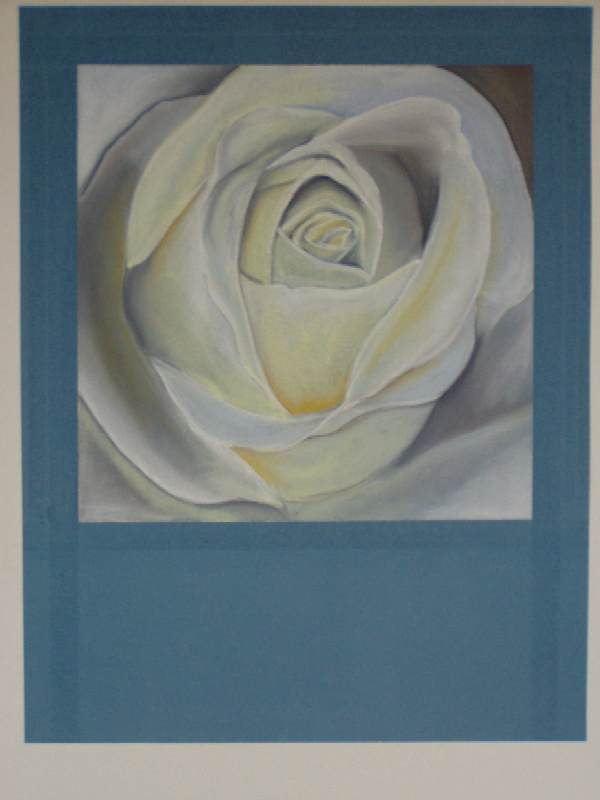An important component of pastel chalk is the part that gives the chalk its hardness. For this, pipe clay, whitewash, or sometimes plaster are used. These have no color of their own but can create a muddy effect when combining colors. Therefore, it's handy to purchase a considerable assortment, with enough colors, so you don't have to mix all colors by working layers into each other. Manufacturers make this easy for you. Assortment boxes are available for various subjects; landscapes, nature, portraits, and general. Some brands have more than 300 colors available. Most brands offer individual chalks for purchase. Some brands include Rembrandt and van Gogh pastels from the Talens brand. Carrés are from Conté, these are square hard dry pastels. Schmincke produces very soft pastel chalk, and Winsor & Newton also makes soft pastel chalk.
|
Pastel chalk is available in several forms.
- Soft pastel. These are usually round sticks. The pastel chalk adheres well to the paper and is easy to blend.
- Hard pastel. These are usually square sticks. The pastel chalk is somewhat harder. This allows for good representation of details.
- Pastel pencils. These are generally slightly harder than soft pastels. The advantage of pastel pencils is that you don't get dirty hands. Because the sticks are thinner, it's easier to represent details. The disadvantage of pastel pencils is that they are not really suitable for large fillings.
The hardness of the various versions varies by brand. For example, Schmincke's pastel chalk is softer than Rembrandt's (Talens).
Pastel chalk can also be combined with watercolor paint, but personally, I prefer not to do this and to buy real watercolor materials for watercolors.
|
In general, pastel chalk is used on colored paper or cardboard. This showcases the colors very well. The colored background provides a color base and ensures unity in the work. It's important to carefully choose the color of the paper. The paper is available in blocks with usually several different colors. Loose sheets are available in many colors. The texture of the paper surface is important for the final result. Smoother textures hold the chalk less well, causing the paper to saturate more quickly. You can work on this for less time. Coarser textures, on the other hand, make it more difficult to create monochrome fillings. Ultimately, it's a matter of personal preference and the goal you want to achieve, which determines the best paper to use. In general: paper with a fine grain is suitable for detailed work, and for freer work, you'd better choose a paper type with a coarser grain.
|
To blend pastel chalk, special blenders and tortillons are available. These are sticks of compressed cotton or paper fiber. These can be used to mix the colors together. Simple cotton swabs also work, however. For correcting mistakes, a hog bristle brush and kneaded eraser are very useful. First, remove most of the chalk with the brush and then dab away the remaining traces with a kneaded eraser.
It's handy to store the chalks in a specially designed pastel chalk box. This box usually has compartments where a number of matching colors are placed together. The box consists of two layers, the chalks are placed on a sort of grid. The loose chalk dust that accumulates from use can fall through the grid to the bottom of the box. You can empty this occasionally. This way, the chalks become less smudged, which often benefits the work.
|
Pastel chalk is layered on top of each other. The layers, except the last one, are fixed in between with fixative specially designed for this purpose. Drawings with pastel chalk are very delicate, especially because the last layer should not be fixed. Drawings that are finished but not framed should be stored between so-called "crystal paper". This is very smooth, partially translucent paper that the chalk does not adhere to. Then put the drawings in a drawing folder that is large enough and preferably store them flat. Pastel chalk is very sensitive to moisture. So make sure the drawings are stored in a dry place.
A famous artist who worked a lot with pastel chalk was Edgar Degas. |



